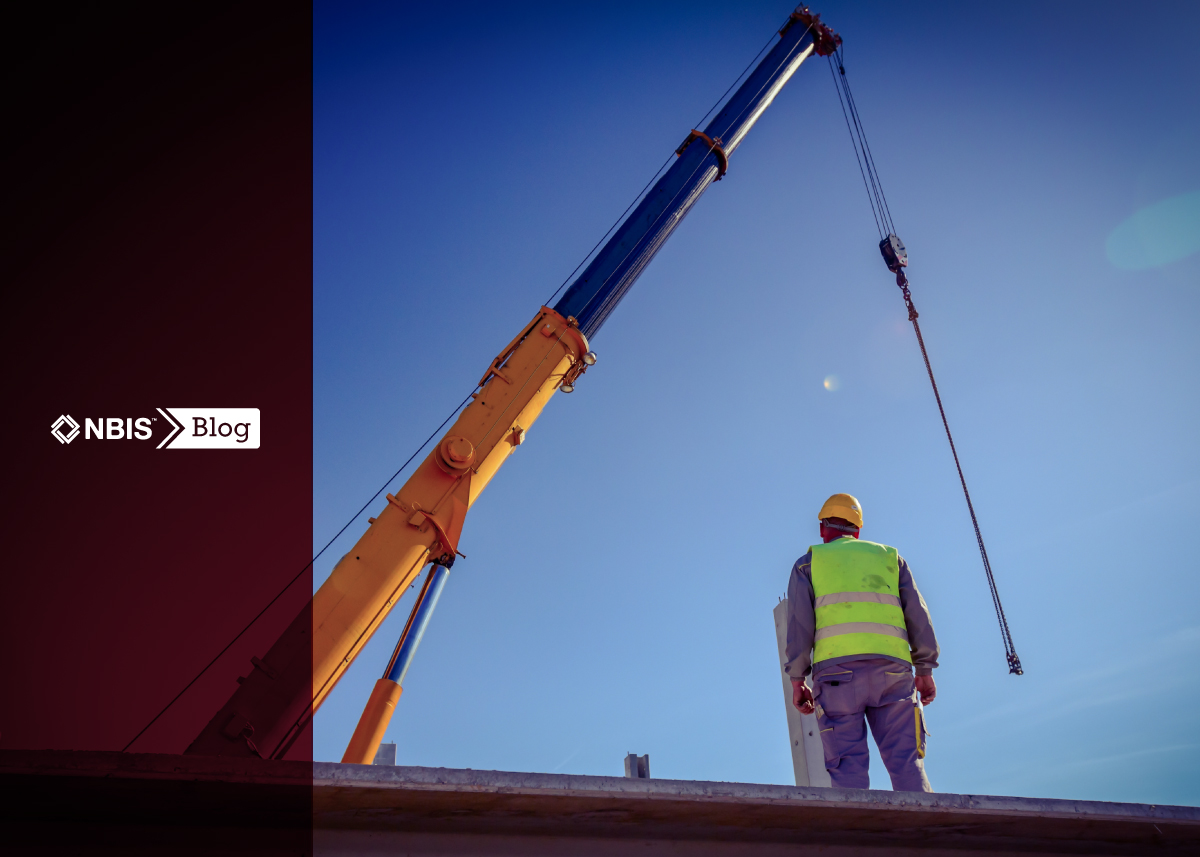Between 2011 and 2020, 10 out of every 100,000 construction workers didn’t come home from work. According to the most recent data available, three out of five workers died from the same causes—often referred to as the Fatal Four: falls, electrocutions, struck-bys, and caught-in/betweens.
The overall numbers shine a light on continuing weak enforcement, meager inspections, as well as the opioid epidemic, and ultimately raise important questions about the effectiveness of OSHA and what it would take to save more lives.
While OSHA has emphasized that it continues to focus much of its efforts in construction on education around the Fatal Four, the numbers have remained stagnant for the past decade, even as the workforce grew by 31 percent. But even those efforts have not met expectations, especially in recent years—mostly due to a lack of funding and staff. If nothing else, if OSHA was to come close to meeting those expectations, it would require an exponential increase in inspections, a stricter enforcement of fines, and more tools at its disposal in order to expand preventative consultations.
For context, however, based on 2021 staff levels, it would have taken OSHA inspectors 236 years to visit every workplace in the U.S. (AFL-CIO Death on the Job report). Fines also need to rise considerably, especially among small business contractors. OSHA would also need a broader mandate.
And so, given the realities, OSHA tends to target high-risk hazards with its limited resources. Moreover—adding to the challenge, while the organization is currently experiencing a surge in hiring, its current regulations were not designed to help prevent alarming increases in construction workers who die on the job from drug overdose and suicide.
Looking the Other Way
A lot of the time, it’s a “catch-me-if-you-can” game with contractors out in the field who are faced with serious fines for incidents, injuries, or death—who often just bake the cost of fines into their business model.
For perspective, according to the AFL-CIO report, the average federal OSHA penalty for a serious breach was $4,460 in 2021, and the median penalty for death on a jobsite was $9,753—roughly the cost of 20,000 board feet of lumber. The fines are, essentially, just too low, even when folks do get caught. Additionally, one in five employers don’t pay up, according to Bloomberg Law—which revealed that employers across all industries skirted $100 million in fines between fiscal years 2018 and 2020.
The current state of the industry is also a culprit. Competition, inflation, and supply-chain snags are all encouraging contractors to submit the lowest bid, which increases the chance of winning, while simultaneously decreasing the likelihood, and implementation, of certain safety standards. And when developers look the other way on those standards, it allows offending contractors to undercut the ones who might be more expensive, but who are also adhering to higher standards and protecting their workers with much greater consistency.
Building a Commitment
That said, based on most analytics, even if OSHA were to hire the estimated 1,000 additional inspectors it needs to visit most U.S. worksites and move the needle on compliance, death numbers haven’t changed very much in the last decade—dating back to 2009, when there were 60 percent more inspections than in 2020. Ultimately, the decline in inspections has only resulted in about a five percent increase in deaths.
At the end of the day, without OSHA as a serious, looming threat for most contractors, large or small, people simply have to care about safety. Inevitably, general contractors upholding the highest standards for themselves and their subcontractors can help weed out those with dangerous track records.
Building a commitment to safety starts at the top, where senior management can set the best example by making safety the centerpiece of an organization’s strategic planning efforts. Bottom line—even if you’re confident that your workforce is adhering to proper safety compliance across the board, ANY safety measures you take to protect yourself and your employees from potential work-site hazards can save someone from being seriously injured or killed.
It’s easy to get caught up in a seemingly non-threatening routine, but if safety is an after-thought, it’s almost always an invitation for danger.







